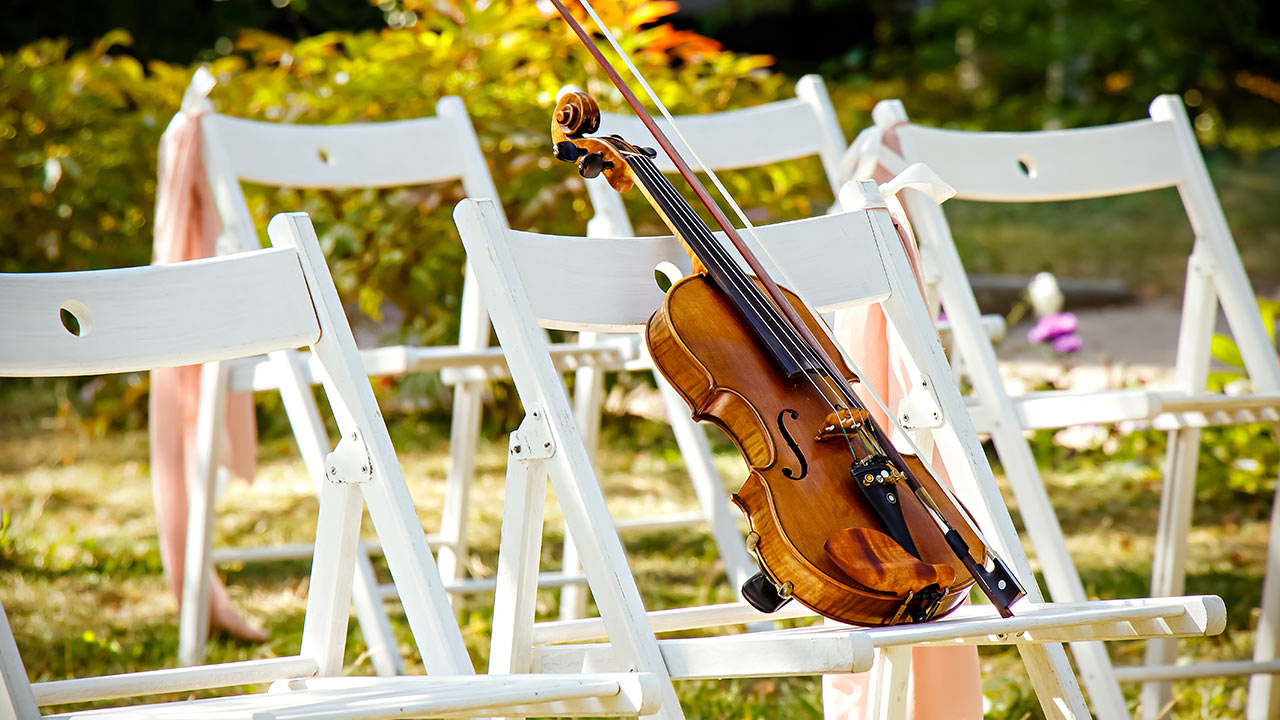Animals have long been in partnership with humans, from hunting, herding, pest control, and companionship. It is no wonder that in the past decade, many people have decided to be more environmentally conscious in a way that impacts animals and the daily lives of humans, from adjusting how consumers procure fashion, makeup, transportation, and food. Veganism, vegetarianism, being gluten-free—these aren’t just fads but sometimes a necessary lifestyle for those with food allergies and those who want to leave behind a better carbon footprint on the planet.
But how would a string musician follow this example, especially if they, too, care about animal welfare and sustainability? How are materials to make instruments sourced? How many violins for sale use animal byproducts? And are there options for vegan players who want to expand their appreciation of animals and the planet into a conscious choice when they pick up a violin? In this article, we will go over a few different ways instruments, bows, and strings are made with animal byproducts and offer a few alternatives to showcase how the industry is starting to think more critically about the environment.
The Instrument You Play
Most instruments are made from wood, which isn’t usually an issue. What can be concerning is hide glue. Luthiers use this type of glue—made from the tendons and hide of horses—to ensure the parts of a violin are properly fastened and resistant to wear, tear, and moisture. Though synthetic glues are available, and have been used for decades, hide glue is preferred by many luthiers for the way it reacts to the ebb and flow of the wood over time. It has more elasticity when compared to synthetic glue, which sets fast and unyielding.
What’s the alternative? There are some great violins on the market now that have been certified vegan! Arguably the most popular vegan-certified violin is one made by Irish luthier Padraig ó Dubhlaoidh (Pawrig O’Dooley), who developed the instrument for Hibernian Violins. The wood is sustainably sourced, and the glue is made from a combination of natural ingredients: spring water and pears. Wild berries were also used to give the wood a traditional rosewood hue.
Vegan violins have a long way to go before the norm, and with a price at roughly $8,000 to 9,000 USD, it is certainly out of the bracket for beginners. That said, it is a method that Padraig ó Dubhlaoidh is working hard to teach to other likeminded luthiers to craft a more sustainable instrument.

The Vegan Violin designed by Hibernian Violins
The Bow
Think about the standard components of a violin bow and you’ll realize immediately that there are so many animal-based materials used to craft one: horse hair, bone (or even ivory!), mother-of-pearl, and various types of leather. Each of these pieces are sourced from animals in a variety of ways for a variety of reasons. To begin, let’s take a closer look at how horse hair is used.
Why are bows made with horse hair in the first place? This has to do with the microscopic “barbs” in a horse’s hair—when coated with rosin and put to a string, the hair has a grip effect that creates the sound and tones we are all familiar with. There are no other forms of animal hair with this same effect, which is why horse hair is used specifically. String players cannot play without their bows, and that’s why many prefer to have certain lengths, thickness, and colors of bow hair, and even go to luthiers to have them delicately rehair a bow if the hairs break.
Given that horse hair is so useful as well as traditional, we might naturally wonder how it is sourced from the animal. The answer is complicated—the most prized horsehair comes from stallions in cold climates, with the most sought-after hair being from Mongolia. Due to several different factors, there isn’t often a way for luthiers to know if all the hair they receive to craft bows has been ethically sourced. It is common for horse hair to be a byproduct of the slaughterhouse, meaning all of the necessary product is taken from the horse during this process. Which means that our optimistic vision of a horse getting a haircut isn’t always the truth.
Now, there are a lot of different options for synthetic bow hair that come in a variety of fun colors, though the string player community is starkly divided on the quality of sound from synthetic bow. Many players will not even consider playing on synthetic hairs. That said, a few players who have used the synthetic bow are happy with how it does not change in heat, humidity, or dry air. It also holds rosin quite well and for a bit longer. Check out the video below to hear the quality of synthetic bow playing for yourself.
The Heel of the Bow
There are several aspects of the heel of the bow (also called the frog or bow frog) that are often made from animal byproducts. The “eye” of the frog is often an intricate design, either a circle, diamond, or other shape, and can be made with a mother-of-pearl or ivory inlay. Ivory is less common since it is illegal to transport, and many laws exist on the banning of ivory. It can also be found at the bow tip, though again, this is rare in modern times and is usually only a concern for antique instruments. Mother-of-pearl is sourced from the interior of mollusk shells, and thus is not vegan. A wonderful alternative is to select a bow that has a plain ebony frog.
Shar Music's Presto® Spark Violin Bows with Silver frog eyes
In addition to the heel of the bow, there is also the finger grip, which is often a small leather wrap. Various leather can be used for the grip, and one popular leather is that of a reptile! Finger grips don’t necessarily influence sound quality or performance, so the use of leather in this context is ultimately for aesthetic purposes, which is why many string players wouldn’t mind an option without it. A simple alternative would be a foam grip or finding a bow that doesn’t have a finger grip, enabling you to customize it yourself.
The Strings
It has long been a folk tale that strings were made from cat guts (we even wrote about this in an earlier blog post!), though there is a tiny bit of truth to this: gut strings are indeed made the intestinal lining of animals like sheep or cattle. This string type is reserved for professional players who specialize in playing period-specific music, or historically accurate music, though it is still possible to find and use this type of string for yourself. These strings do have some difficult upkeep, as humidity is a huge factor in determining their effectiveness. Most modern players now use synthetic core strings that are nylon-based and wrapped in a metal.
So, What’s the Point?
Regardless of where you stand as a beginner, intermediate, or a long-standing professional player, being considerate of the environment is something worth exploring. It isn’t always necessary to do this in a way that will impact your talent, playing, or career, but advocating for animal welfare is now possible in the string community where it wasn’t before. This article isn’t meant to completely change hearts and minds or tell you how to play. It is meant to showcase a few alternatives to help you take an active role in environmental support. So, what do you think? Is there anything here you learned you didn’t know about before? Anything you’d like us to cover in another blog post? Let us know in the comments.










